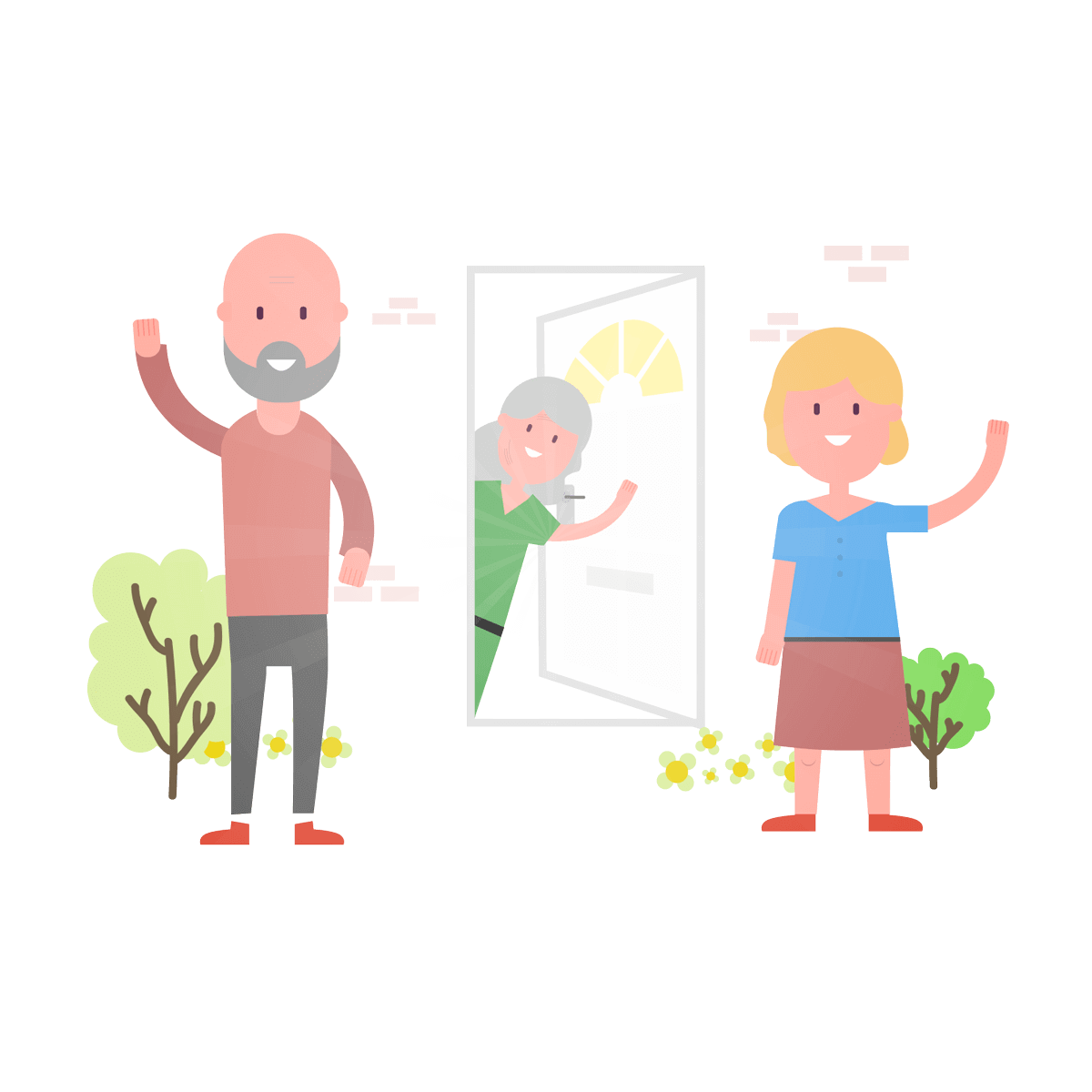


We need to radically change older people’s housing, building a place where love matters. This means scrapping existing models entirely says Sara McKee.
In 2011 I chaired the Older People Working Group for the Centre for Social Justice. Our final report, The Age of Opportunity: Transforming the lives of older people in poverty, found that later life should be a time of gifts instead of helplessness, malnutrition and loneliness.
For this to happen, one of our key recommendations was to invest in specialist housing for older people. Based on the evidence gathered, it was clear to us that there was not enough housing available and the existing stock didn’t meet market expectations.
This situation hasn’t change and what this means is that older people are stuck in their existing family homes – reluctant to move because of the memories the home holds, but also because they fear a loss of independence, control and choice. This results in many older people staying in those homes until a health crisis forces them into a care home where they face poor levels of care.
Yet it doesn’t have to be this way – there is a way forward.
In 2010 I met a visionary by the name of Dr Bill Thomas and had the fortune of learning about his radical new model called The Green House Project. The Green House Project was formed by Bill in 2001 and in just over 10 years has seen nursing homes torn down across the US and replaced with small, home environments.
Green Houses are home to around 10 single older people who have their own room and share communal facilities like a kitchen and living area. The buildings are designed to resemble a family home but the most important difference is the staff, known as Shahbazim, and the relationship they share with the residents. Bill has broken down the institutional barriers that typically exist in a ‘carer’ and ‘patient’ relationship and created a close-knit community built on mutual trust, understanding and respect. The results have been extraordinary – health and wellbeing has improved, staff retention is high and the cost is no more than a standard nursing home.
After meeting Bill, working with the CSJ, and my own experiences of the aged care sector, I decided to launch Evermore, a new residential and lifestyle choice for older people. Like Bill, I strongly believe we need to radically change the current housing options for older people, building a place where ‘love matters’. This means scrapping existing models entirely.
So what needs to be done differently?
Turn the organisation structure upside down
In a typical residential care environment decisions are made by managers and the administrators – they call the shots, not the people who know the residents the best. At Evermore, and indeed in a Green House, this top-down hierarchy has been turned upside down.
We have highly trained self-managed teams with the authority to make decisions about the household’s daily operations. This autonomy helps to empower staff, giving them confidence to do what is right. We recognise the greater responsibility by paying above industry standard rates, improving their value and sense of worth.
Put people first
Institutions have lost sight of what truly matters, which is making sure people have a warm and convivial environment where they feel safe and secure, and most importantly loved. So we’re building an intentional community for single older people where they can enjoy a new type of family living. Yes, the emphasis is on helping people retain their independence but it’s also about giving them a support network so they never feel alone.
Essentially we’ve made the organisation truly customer-centric. Decisions are made with homeowners, not for them, they have the choice and control over their domestic life.
Build homes people want to live in
Better housing can help address isolation, malnutrition and the dehydration suffered by many older people. It can give them a new lease on life and hope that they can live happier, for longer.
But people don’t want to live in cold, sterile environments currently on offer from traditional care settings. They want a family home, so that means changing the design where apartments don’t resemble a hospital room and where communal areas are to be enjoyed because of light and space. They also want a central hearth and kitchen – somewhere they can participate in the domesticity of preparing and sharing food – not having it served hotel style to a strict timetable.
It also means making those homes available to buy. Around 3.5 million people aged over 60 wish to buy retirement property, but only 100,000 suitable homes exist.
I’m convinced that we’ll only encourage people to plan for later life once we tackle the lack of innovation in housing and drive systemic reform.
Sara McKee, Founder and Director of Market Innovation
Follow Sara on Twitter @SaraMcKeeFRSA
An abridged version of this article was originally published by The Centre for Social Justice.
By continuing to use the site, you agree to the use of cookies. more information
The cookie settings on this website are set to "allow cookies" to give you the best browsing experience possible. If you continue to use this website without changing your cookie settings or you click "Accept" below then you are consenting to this.